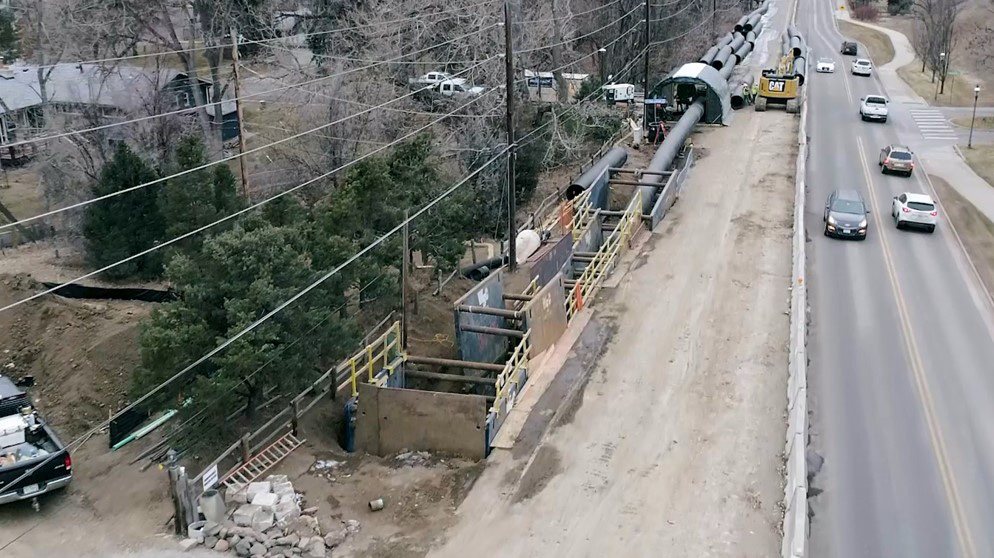For decades, water utility owners and private companies nationwide have relied on various alternative project delivery (APD) methods to streamline the development of infrastructure projects. In addition to the many advantages of active collaboration between owners, contractors, and engineers throughout the life cycle of a project, APD can benefit schedules, procurement, budgets, and risk mitigation.
With more than 20 years of experience in leveraging APD, we’ve delivered nearly $1 billion in constructed value on water infrastructure projects using progressive design-build (PDB), construction management at-risk (CMAR), fixed-price design-build, and other APD methods. By fostering a collaborative team environment, listening carefully to a client’s project needs, continuously communicating, and crafting a delivery strategy that optimizes results, we help clients enhance water infrastructure systems to better serve their customers.
For an APD project to be successful, it’s important to have a holistic understanding of the complexities inherent to the design, construction, and commissioning of water projects — whether it’s a greenfield wastewater treatment facility, a drinking water supply system, a pumping station, or emergency repair of a prestressed concrete cylinder pipeline."
Katie Jones and Todd Shafer
With the many challenges in today’s project delivery environment, from supply chain limitations and labor shortages to loss of institutional knowledge, owners face unprecedented headwinds in delivering water projects. APD is one effective method to address these challenges.
Optimizing Project Budgets and Fast-Tracking Timelines
When a robotic inspection confirmed that the 1.5-mile-long Colsman Tunnel near Denver, Colorado, showed signs of serious deterioration, the Southgate Water and Sanitation District knew it had a major capital improvement project on its hands. The tunnel, which conveys 100% of the district’s 12.4-million-gallons-per-day (MGD) sanitary peak flow under a densely populated suburb, would require either a major repair or a complete replacement. Along with long-time partner Garney Construction, we capitalized on the PDB delivery method to slipline the tunnel, saving the district tens of millions of dollars and expediting a potential multi-year timeline, all while maintaining continuous utility service to customers.
 Despite the complex construction required to repair the Colsman Tunnel, we delivered a creative solution that mitigated traffic impacts and saved the district tens of millions of dollars by using APD methods.
Despite the complex construction required to repair the Colsman Tunnel, we delivered a creative solution that mitigated traffic impacts and saved the district tens of millions of dollars by using APD methods.
In Virginia, we are partnering again with Garney Construction on a large design-build project to design and construct a large diameter sewer forcemain across a major river. Moving this project along in an efficient and cost-effective manner using the APD method is critical to support the client as they work to meet the needs of their growing community.
Leveraging APD methods can help clients and communities overcome challenges that are often associated with the traditional design-bid-build delivery approach. Today with an influx of new funding in many communities, the broader use of APD provides great opportunities to improve water infrastructure by introducing innovative technical approaches along with cost and schedule-saving project delivery strategies.